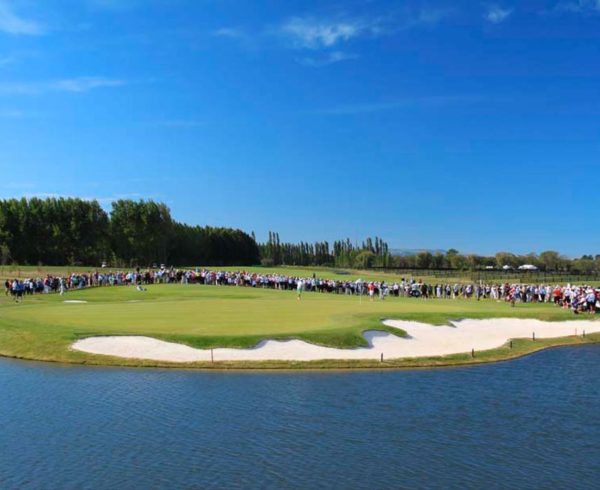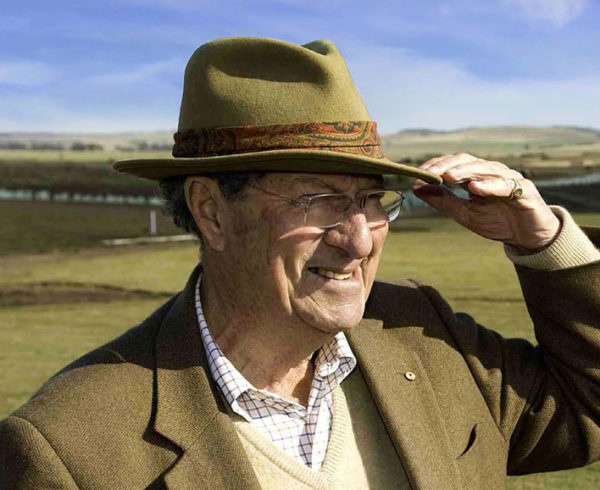How technology has shaped our craft
With the Australian Society of Golf Course Architects (SAGCA) celebrating its 25th birthday earlier in 2015 it is timely to reflect on how much the practice of golf architecture has changed.
Technological advancements over the past 25 years have been unprecedented and have changed the golf industry and the golf design profession dramatically. We now live in an ever-changing world where the only certainty is change. The future generations of golf course architects will have tools available to them that were unimaginable in 1990, let alone in 1890 when ‘Old’ Tom Morris was pioneering the profession of golf architecture – Ross Perrett
Let’s hop in the time machine and go back to 1990, when the SAGCA was first established, and reflect on how we carried out our craft. The IBM golf ball typewriter was the latest invention; telex machines were being replaced by fax machines; and the early mobile phones weighed a whopping three kilograms. Site information was unreliable and a team of draftsmen were required to tediously hatch the various textures/ legends on the oversized 1:1000 working drawings.
In the decade prior, in the 1980s, there were few golf architects practising full-time and even fewer making a sustainable income. Luckily in the late ’80s and early ’90s golf was experiencing an unprecedented boom. For example, between 1990 and 2005 in the US there were 6000 new courses built – which meant on average there was at least one new course opening every day.
Rather than attempt to provide a running commentary on the chronology of the changes to our industry over the past 25 years, let’s fast forward to today and look back and highlight the major changes to the way golf architects operate and use the new technology available to them.
Needless to say over the past 25 years there has been a revolution in the computer industry, with a multitude of spin-offs and amazing new technology being developed and adopted on a global scale. These include massive advances in mobile phones and the introduction of the internet, computer aided drafting, the Google search engine, animation, Photoshop, Skype, Facebook, LinkedIn, PowerPoint, GPS, digital photography, Google Earth and even drone technology, to name just a few.
The impact of new technology has affected every aspect of the practice of golf course architecture as follows:
Company Headquarters
The impact of technology has changed the way golf architects manage their business, with less reliance on a large, permanently staffed, centrally located drawing office. Computer aided drafting (CAD) has meant a shrinking of the space required to operate a successful practice. Working drawings are now produced on compact computers in lieu of space-hungry drawing boards and tables. The mobility of laptop computers, and iPhones have created a virtual office allowing the golf architect to work remotely from almost anywhere on the planet. Staff are generally more multi-skilled and the traditional roles of receptionist and typist have disappeared. Impressive offices are less important, as more business is done on the internet rather than face to face.
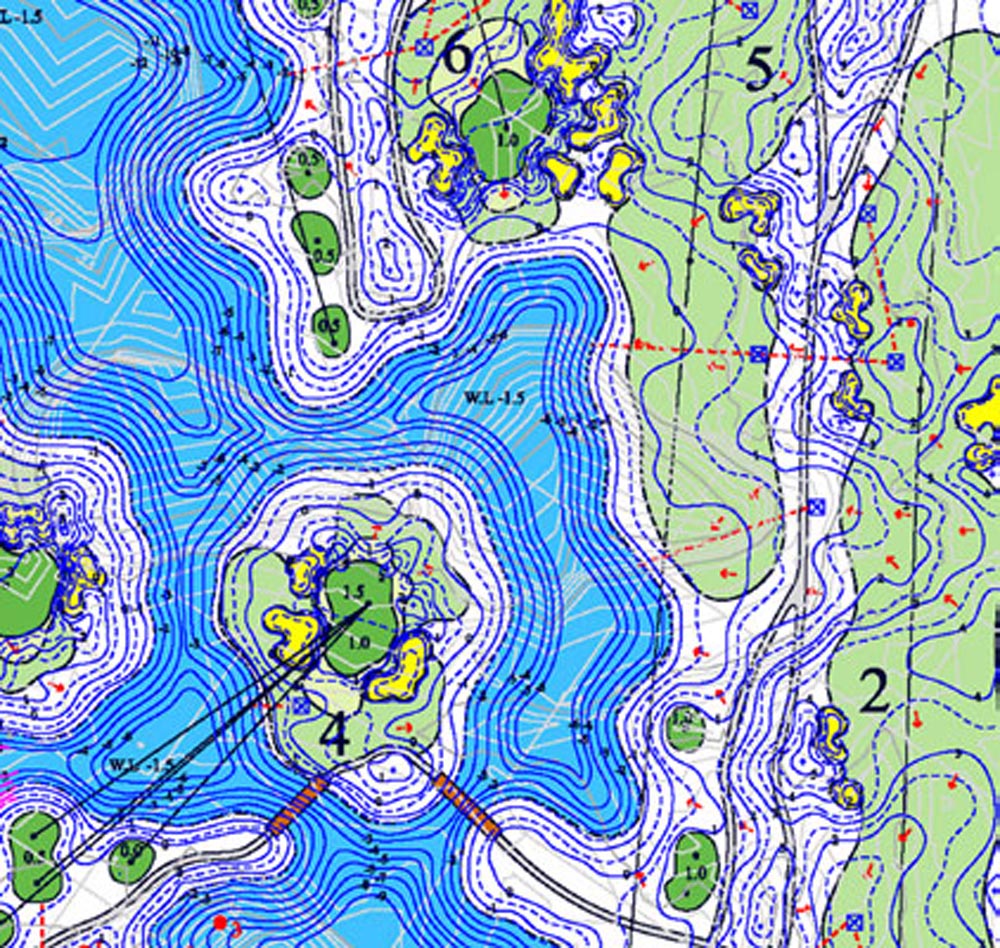

Computers have assisted with the production of Cut-and-Fill plans and Earthworks plans :1- 25 Years Of Change – Designing in the Modern Age – Issue 17 – Ross Perrett
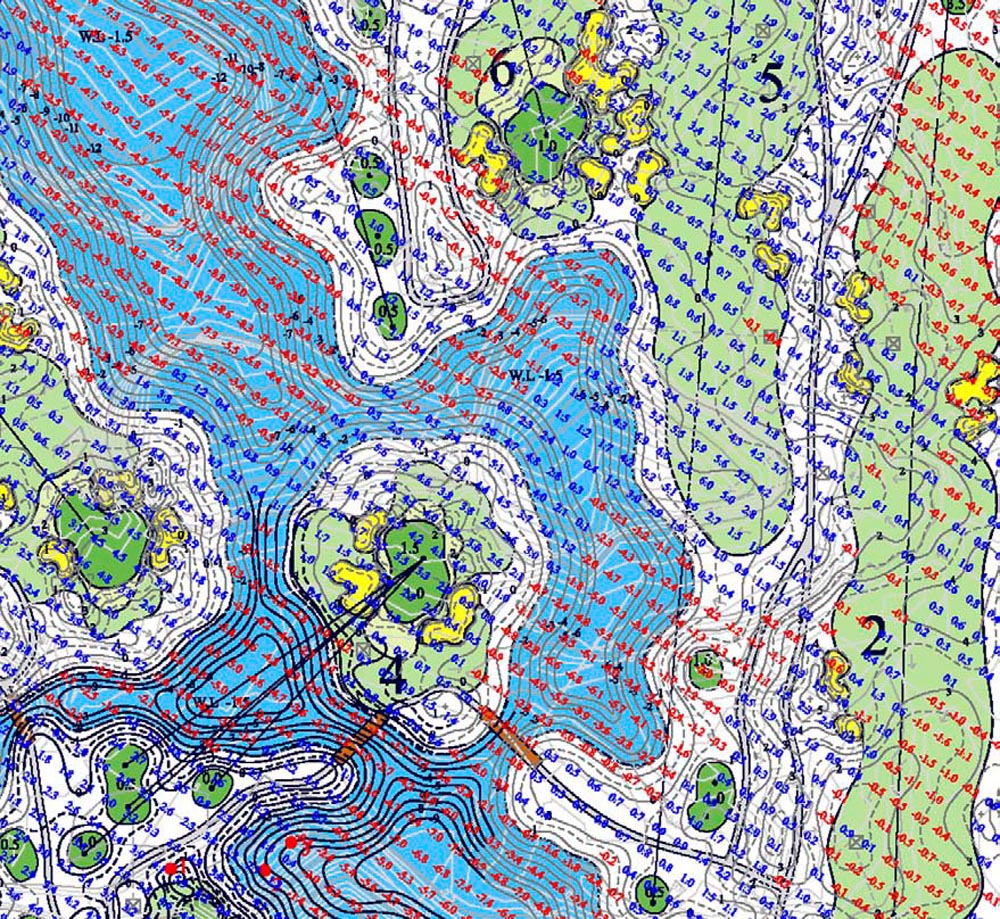

Computers have assisted with the production of Cut-and-Fill plans and Earthworks plans :2-25 Years Of Change – Designing in the Modern Age – Issue 17 – Ross Perrett
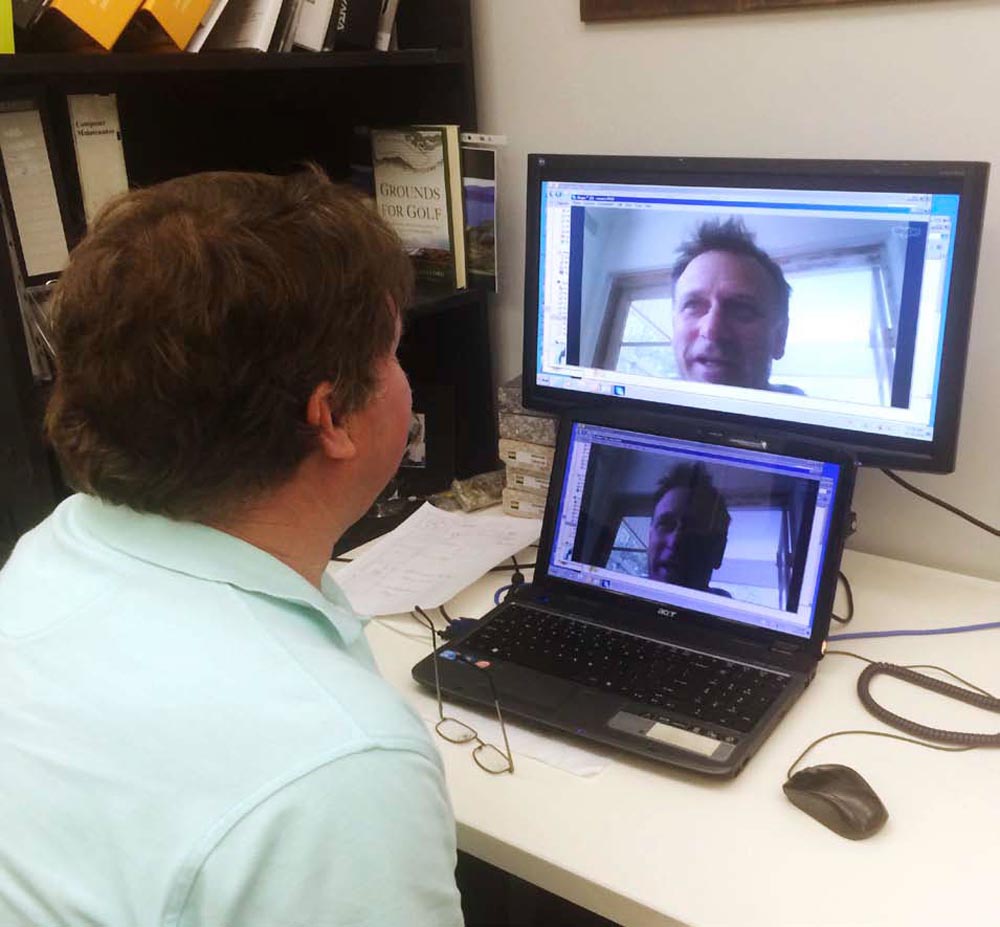

Skype has removed ‘tyranny of distance’ from the communications equation; – 25 Years Of Change – Designing in the Modern Age – Issue 17 – Ross Perrett
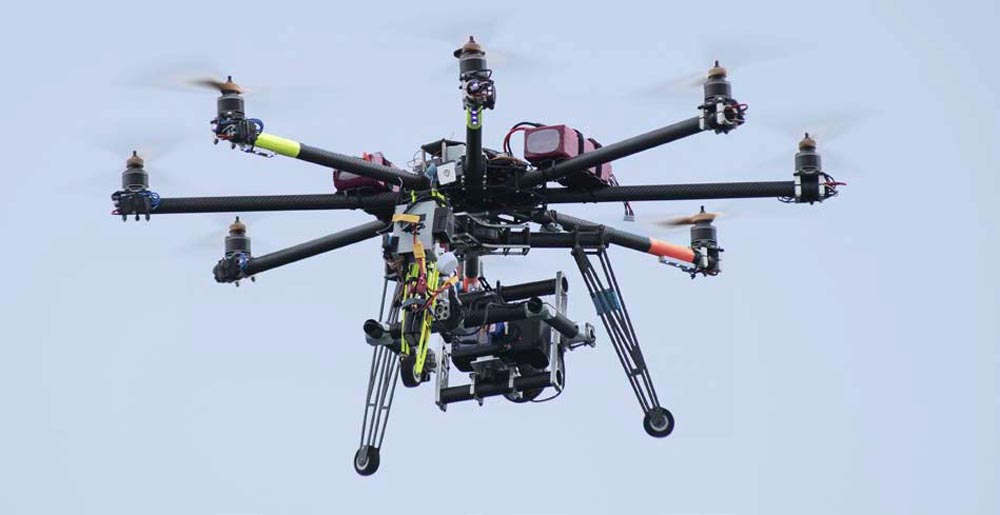

Drone photography has helped provide more reliable site information to bolster the design process – 25 Years Of Change – Designing in the Modern Age – Issue 17 – Ross Perrett
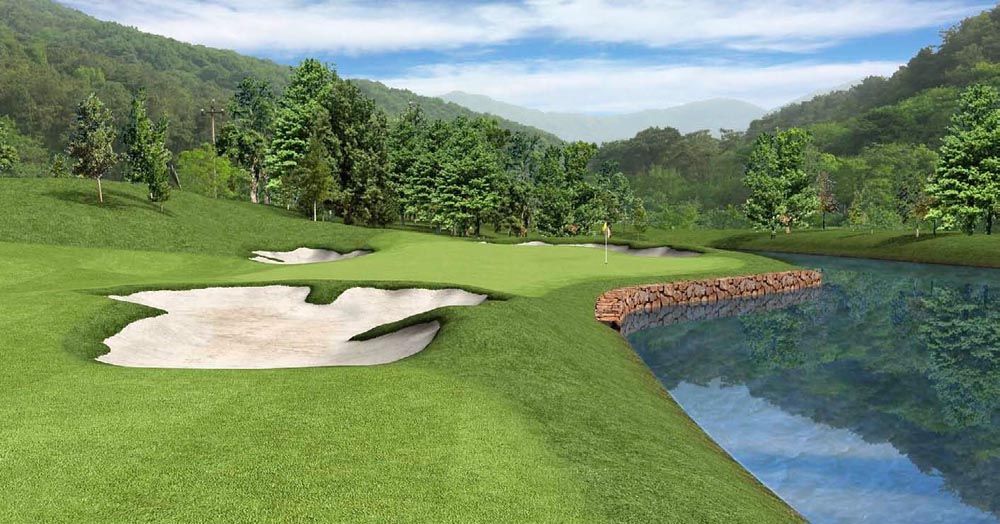

Shaping falls into the multi-tasking basket; Computer Aided Drafting (CAD) has meant a shrinking of the space required to operate a successful practice – 25 Years Of Change – Designing in the Modern Age – Issue 17 – Ross Perrett
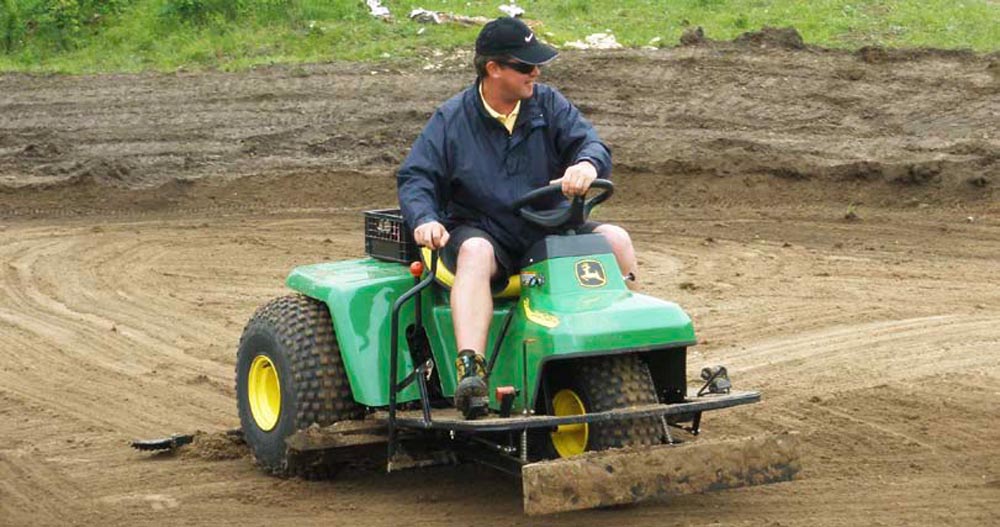

25 Years Of Change – Designing in the Modern Age – Issue 17 – Ross Perrett
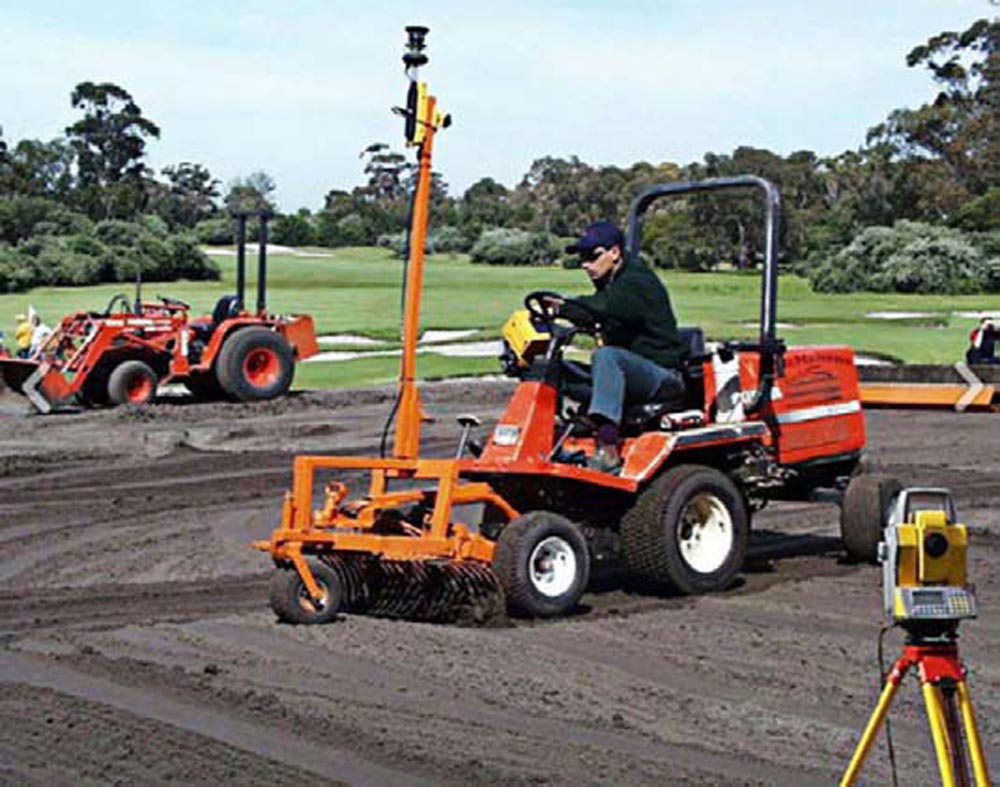

Mapping has become much more sophisticated thanks to GPS technology – 25 Years Of Change – Designing in the Modern Age – Issue 17 – Ross Perrett
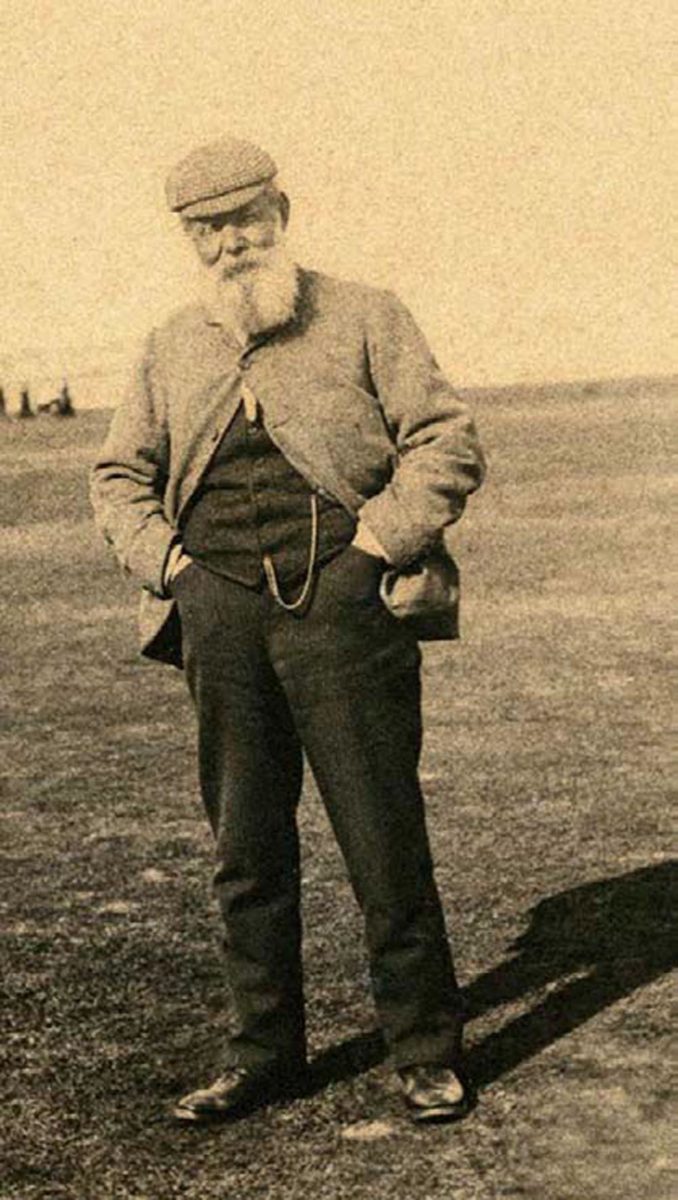

But what would Old Tom Morris have made of it all? – 25 Years Of Change – Designing in the Modern Age – Issue 17 – Ross Perrett
Site Selection and Assessment
For golf courses to be sustainable, careful site selection is paramount. The site needs to be accessible, have sufficient water and have terrain suitable for golf. Adaptation of a poor site close to a population centre may make sense whereas the success of a remote site is more dependent on the natural quality of the land. Whilst the need to visit sites is still vital, new technology like Google Earth allows us to “visit” sites from our computers. Much can be learned about the site’s terrain, vegetation, drainage patterns, and accessibility from the comfort of our lounge rooms. Mapping has become much more sophisticated using aerial photography, drones and GPS, and site information is much more reliable. Some Government authorities can now provide detailed site information on their various websites. The savings in time and cost are very significant and importantly, unnecessary site visits can be avoided.
Marketing
The world is getting smaller every day as access to the internet improves and also its speed, making it possible to act globally rather than regionally. The tyranny of distance is no longer a barrier to entering a particular market. Sophisticated websites have replaced the need for expensive brochures and marketing material. Potential clients will study the websites of alternative golf course architects and often be swayed by some stunning course photography, or romantic words. Traditional face-to-face networking is still important but sadly there is a shift towards ‘virtual’ networking, which requires computer skills rather than interpersonal skills.
Communication
One hundred years ago Harry Colt and Alistair Mackenzie communicated by hand written letters that took weeks or months to reach their destination as would their reply. Today communication is immediate whether by email, Skype or mobile phone. Skype allows us to see are colleagues in real time and resolve problems quickly. A problem of this lust for quick answers is the lack of thinking time allowed to resolve often complex issues that need a well considered response – often with long term consequences.
The Design Process
The site is still the all-important driver for the design process and most golf course architects armed with quality site information will still design in a traditional manner – starting with hand-drawn plans and sketches. How far these initial ideas are developed depends on the nature of the site. If building a course on natural sand dunes then sketches may be all that is needed to instruct the shaper who is often given a fairly free hand. Conversely, if the course is being reclaimed from the sea, a highly engineered approach will be appropriate to ensure that the reclaimed site is stable and that the earthworks cut-and-fi ll are balanced and the project can be costed accurately. Every project is different and the diversity of sites is enormous. In Australia today golf development is highly scrutinised and it requires expertise, teamwork and patience to obtain planning permission. The complexities of getting approval for golf courses often require the golf architect to work closely with specialist scientists who may be experts in the local flora and fauna, reverse osmosis, hydrology and so forth. As a result we get exposed to a broad range of subjects that help build a valuable body of experience that can be applied to future projects.
Document Production
Computers have reduced the time required to prepare construction documentation. This is just as well, as design fees have not kept pace with inflation which forces us to work faster. The quality of construction documentation is also greatly improved and some architects rely on GPS-loaded construction machinery to construct the course accurately according to the plans. This is very useful when doing green restoration work as it is now possible to accurately replicate the original contours of the green surface. Document transfer is another significant change in that today we can download large amounts of data instantly. Whereas previously expensive couriers would deliver large rolls of drawings, these documents are transferred with the press of a button and the client can provide immediate feedback.
Irrigation
Irrigation systems have improved dramatically over the past 25 years in response to debates about the excessive amounts of precious water that golf courses require. As architects we have worked closely with irrigation designers to reduce the footprint of our courses, whilst the evolution of more sustainable grass species has also helped. More sophisticated irrigation systems and controllers deliver the required amount of water only, reducing waste and losses in the system. Also, weather stations monitor the weather and “talk” to the system to avoid irrigating during rain events.
Construction Monitoring
There is no substitute for quality time on site, with the golf architect working closely with the land and the construction team. However, it is not practical to be on site every day if we are working on multiple projects in multiple countries and have aspirations to achieve a work-life balance and enjoy a family life. Again, modern technology can assist with improved communication with the key people on site, with regular Skype discussions and photographic updates of construction progress.
In conclusion, the practice of golf architecture has superficially changed a lot over the past 25 years as we have enthusiastically adapted to the new technologies on offer and appreciate the benefits they afford. It is certain that advances in technology will not stop and will produce future tools that can’t even be imagined today.
To date though there is still no computer that can compete with my “neck-top” computer that can see, listen and smell while at the same time synthesise complex competing interests and make sound judgments – for example, as to the best course routing for a given site. To walk the site and absorb its particular DNA remains fundamental to great golf design.
We need to find a balance between the application of new technologies and the humble land-based approach to golf course design as demonstrated by Old Tom Morris. His wisdom was gained by playing and managing The Old Course at St Andrews in the 19th century. It’s testimony to his skill that the Old Course will always represent the starting point for golf and will remain the inspiration for future generations of golf course architects.



